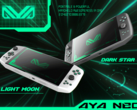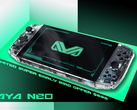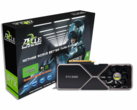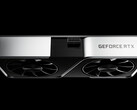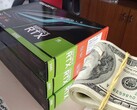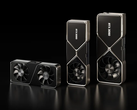Nioh 2 recently received patch 1.26 which, among other tweaks, added in the DLSS 2.0 support that was promised prior to the game’s launch. The “masocore” Souls-like arrived on PC earlier this month with minimal graphics options and a relatively intensive performance profile.
Without DLSS 2.0, cards like the GeForce RTX 2080 Ti and GeForce RTX 3070 deliver a framerate in the mid-50s, with drops below in scenes with intense particle effects. Only the GeForce RTX 3080, RTX 3090, and the RX 6800/6900 XT were capable of delivering a playable 4K/60 experience.
It’s interesting to note that, in this case, DLSS 2.0 actually increases image quality significantly. The game initially shipped with no anti-aliasing at all, which meant jaggies were visible, even on 4K panels. DLSS 2.0 almost completely eliminates anti-aliasing and, at least in Quality mode, delivers a core image that’s as good as native.
With DLSS 2.0, however, that list of cards has increased substantially. We expect everything from the GeForce RTX 2060 onwards to hand in playable 4K framerates. The timing of this post-launch DLSS 2.0 patch in interesting considering that NVIDIA recently dropped a DLSS plugin in the Unreal Marketplace, making it significantly easier for developers to incorporate the AI-based supersampling technique into games on the Unreal engine. With 9th-gen titles set to punish GPUs - whether or not ray-tracing’s enabled - DLSS 2.0 (and AMD’s upcoming equivalent) could allow today’s GPUs to remain competitive in the years to come.
Buy the Nioh Collection for PlayStation 5 here on Amazon






